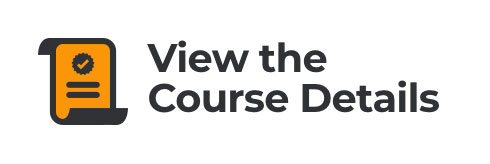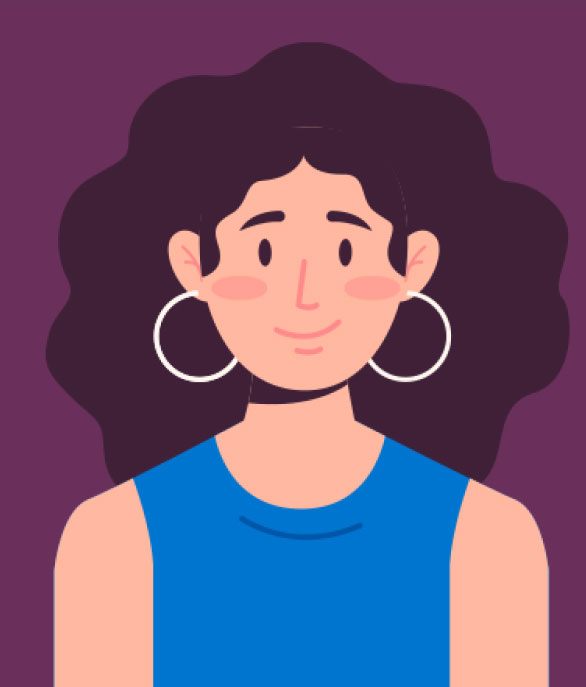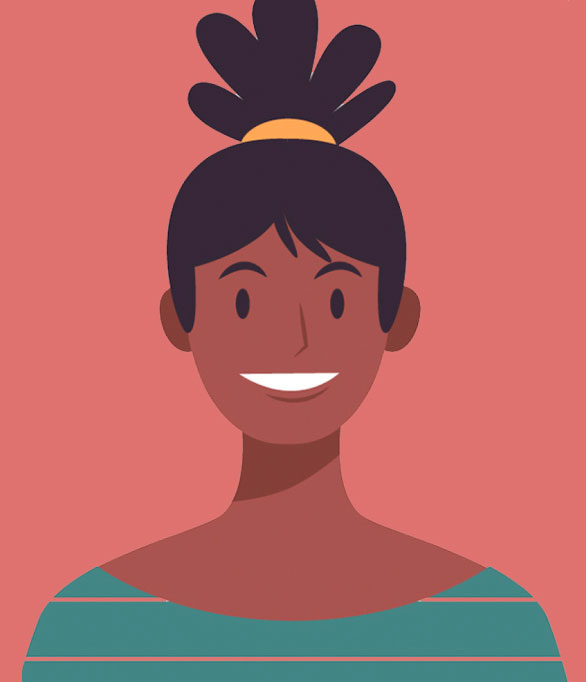Hi!
It’s a beautiful fall day here in Chicago—sunny with a high of 70°. We have two days a year like this, so I site here in good spirits as I write this.
In this article, I want to talk about some of the most common errors I see kidney stone patients make so that you may avoid them.
Let’s jump right in…
Error No. 1: Thinking there is nothing to eat.
As you may know, when diagnosed with kidney stones, a patient is typically told to go on a low oxalate diet. And that’s it—no other instruction. Newbies are then forced to Google “oxalate” and find pages and pages of conflicting information and various lists of low-oxalate foods. This is annoying and overwhelming. I recommend you use the Harvard list. Click here to get your copy.
More important than finding “a list” is to understand HOW TO USE THE LIST. The link above is an excellent place to start.
As a stone former, you will inevitably feel like you have nothing to eat, but I promise you that is not true. I spend most of my day working with patients on HOW to bring back foods into their diet. The “portion not perfection” rule applies here. Even if a food is “high” in oxalate, it doesn’t mean you can’t have it. Just eat a smaller portion and get your daily calcium needs met.
Error No. 2: Focusing too much on oxalate.
The Kidney Stone Diet is a combination of many goals, not just oxalate. Oxalate typically is the easiest part of the diet once you take away really high-oxalate foods like spinach and almonds. To learn more about the goals of the Kidney Stone Diet, read this article from my blog.
Error No. 3: Not getting a 24-hour urine collection.
I cannot tell you how many patients come to me with the same story—”my doctor never told me about a 24-hour urine collection.”
When you have kidney stones, you have to complete a urine collection to see WHY you’ve made them. Sometimes it’s a medical condition that causes them, and your doctor can begin ruling things out and put you on a treatment plan that will include diet, fluids, and sometimes meds. If the doctor says it’s not necessary, push for it.
Error No. 4: Falling for internet foolery.
Often, the patients I see come to me after having damaged their teeth from drinking too much lemon juice or worsening GERD symptoms from daily apple cider vinegar concoctions said to get rid of current stones.
The only type of stone that can be “dissolved” is a uric acid stone, and typically it is best done with potassium citrate. Visit my YouTube channel to watch videos on this topic.
Error No. 5: Thinking sodium comes only from the salt shaker.
It’s a widespread belief that you’re on a low-salt diet if you give up the saltshaker. Unfortunately, our foods are packed full of sodium—even foods you wouldn’t think possible.
Always look at your food labels to see how much salt is in each PORTION. I have an article on the topic that you may find helpful.
Error No. 6: Following a treatment plan without a follow-up urine collection.
Not ordering a follow-up urine collection after being on a treatment plan is a widespread issue. It’s terrific if your doctor tells you to follow the kidney stone diet, but a follow-up is necessary to see if your plan is lowering your stone risk. More tweaking might be necessary. The point is you need to measure treatment plan outcomes. Ask your doctor to order a follow-up urine collection a couple of months after making your lifestyle changes.
Error No. 7: Consuming too much calcium.
Running for a calcium product every time you have a bit of oxalate can lead to over-consuming calcium. You want to meet your calcium needs but not go over unless your doctor has said otherwise. If you have a high oxalate product like a sweet potato, that would be a good place to pair with a calcium-containing food or beverage. Read more about calcium here.
Error No. 8: Not maintaining long-term compliance.
Over time, people forget the pain and trouble they incurred from their past stone incident (believe it or not, this does happen). Slowly but surely, less water is drunk, more salt is added, and sugar is eaten…it happens.
Old-habit-creep is one of the reasons annual urine collections are necessary for making sure you’re still keeping stone risk low.
Again, many doctors will not order a follow-up collection. If your doc falls into that category, be sure you request your annual collections—it’s a great way to stay accountable and know if you have slipped up a bit.
I am always sad when I get a call from a patient who has done an excellent job of keeping stones away and then forms a new stone a few years later. When I ask for the latest urine collection results, there isn’t one. Don’t let this happen to you.
There you have it—the most common errors made by new kidney stone formers. I hope this is helpful.
Your friend and advocate,
Jill














Leave a Reply